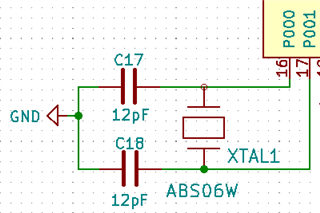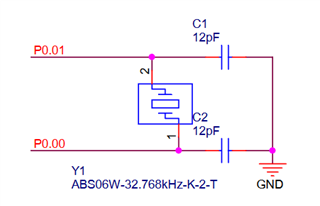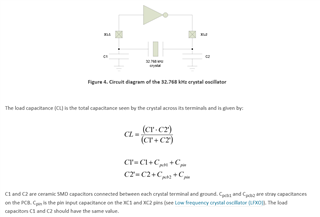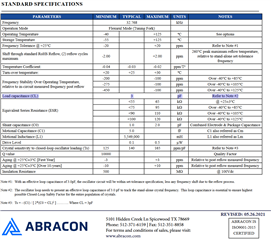Hello everyone
I hope you all had a good start to the week.
I am stuck with an issue I don't quite get.
I wrote code with BLE, FreeRTOS, and GPIOTE as a "proof of concept" for more complex code.
It's a simple idea: a press on the button triggers a notification. I use nRFConnect, the Bluetooth Low Energy app.
- I ran it on the nRF52840-DK / S140 and it works
- I ran it on the EV-BM833 (Fanstel) which uses a nRF52833, and I lose connection with BLE_HCI_CONNECTION_TIMEOUT
(I changed RAM settings, mostly inspired by the example "ble_app_hrs_nfc_pairing_pca10100_s140", and it compiles and runs.)
I've faced similar issues (BLE_HCI_CONNECTION_TIMEOUT) when testing other code with the nRF52833, in general.
Looking at the following link, I'm wondering whether it's a matter of clock. Any other idea?
Thank you in advance!







